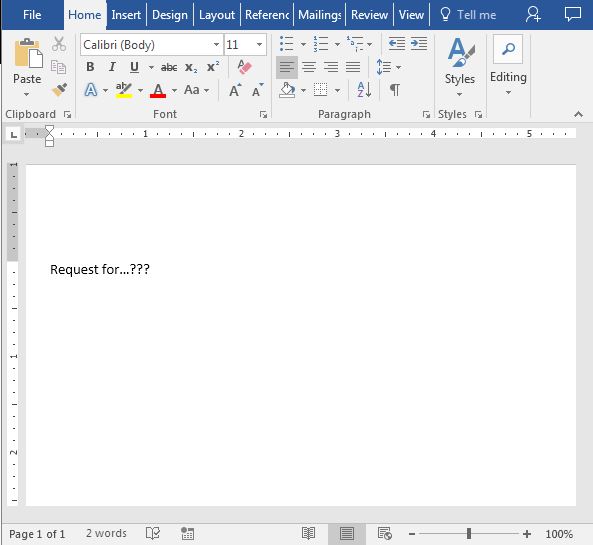Writing an RFP
11/30/16 / Kate Darwent
 So you’ve finally reached a point where you feel like you need more information to move forward as an organization, and, even more importantly, you’ve been able to secure some amount of funding to do so. Suddenly you find yourself elbow deep in old request-for-proposals (RFPs), both from your organization and others, trying to craft an RFP for your project. Where do you start?
So you’ve finally reached a point where you feel like you need more information to move forward as an organization, and, even more importantly, you’ve been able to secure some amount of funding to do so. Suddenly you find yourself elbow deep in old request-for-proposals (RFPs), both from your organization and others, trying to craft an RFP for your project. Where do you start?
We write a lot of proposals in response to RFPs at Corona, and based on what we’ve seen, here are a few suggestions for what to include in your next RFP:
- Decision to be made or problem being faced. One of the most important pieces of information that is often difficult to find, if not missing from an RFP, is what decision an organization is trying to make or what problem an organization is trying to overcome. Instead, we often see RFPs asking for a specific methodology, while not describing what an organization is planning to do with the information. While specifying the methodology can sometimes be important (e.g., you want to replicate an online survey of donors, you need to perform an evaluation as part of a grant, etc.), sometimes specifying it might limit what bidders suggest in their proposals.
Part of the reason why you hire a consultant is to have them suggest the best way to gather the information that your organization needs. With that in mind, it might be most useful to describe the decision or problem that your organization is facing in layman’s terms and let bidders propose different ways to address it.
- Other sources of data/contacts. Do you have data that might be relevant to the proposals? Did your organization conduct similar research in the past that you want to replicate or build upon? Do you have contact information for people who you might want to gather information from for this project? All these might be useful pieces of information to include in an RFP.
- Important deadlines. If you have key deadlines that will shape this project, be sure to include them in the RFP. Timelines can impact proposals in many ways. For example, if a bidder wants to propose a survey, a timeline can determine whether to do a mail survey, which takes longer, or a phone survey, which is often more expensive but quicker.
- Include a budget, even a rough one. I think questions about the budget are the number one question I see people ask about an RFP. While a budget might scare off a more expensive firm, it is more likely that including a budget in an RFP helps firms propose tasks that are financially feasible.
Requesting proposals can be a useful way to get a sense of what a project might cost, which might be useful if you are trying to figure out how much funding to secure. If so, it’s often helpful to just state in your RFP that your considering different options and would like pricing for each recommended task, along with the arguments for why it might be useful.
- Stakeholders. Who has a stake in the results of the project and who will be involved in decisions about the project? Do you have a single internal person that the contractor will report to or perhaps a small team? Are there others in the organization who will be using the results of the project? Do you have external funders who have goals or reporting needs that you hope to be met by the project? Clarifying who has a stake in the project and what role they will play in the project, whether providing input on goals, or approving questionnaire design, is very helpful. It is useful for the consultant to know who will need to be involved so they can plan to make sure everyone’s needs are addressed.
Writing RFPs can be daunting, but they can also be a good opportunity for thinking about and synthesizing an important decision or problem into words. Hopefully these suggestions can help with that process!
